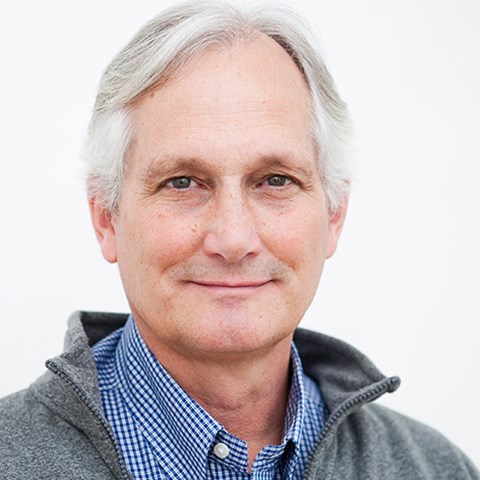Contact
njfak@slu.se, +46 18 67 10 00

Looking forward to an autumn of environmental monitoring and assessment
As we now enter a new post-Covid era, I am certain that many of us are looking forward to returning to campus on a more full time basis. Although I am not looking forward to the upcoming autumn/winter of bike rides through the rain and snow, I am looking forward to meeting my colleagues and students in real life and not as a picture on my computer screen.
During the past few months, there have been a number of changes within our environmental monitoring and assessment (EMA) organization. In early spring Pavel Bina stepped down as the coordinator for the Biodiversity program. Eddie van Wachenfeld, previously the deputy coordinator, has taken on the role of programme coordinator and he will be assisted by Per Toräng as the new deputy coordinator.
The Lake and watercourse programme has also seen some organizational changes. Stina Drakare, one of our longest standing programme coordinators, and her deputy, Erik Petersson, have both moved onto new assignments. Sara Bergek has taken over the coordination of the programme and she will be assisted by Simon Hallstan as deputy coordinator.
Katarina Magnusson has replaced Sara Bergek as a new member of Foman-NJ. Lastly, Marnie Hancke who has been instrumental in keeping the faculties EMA activities on a straight and steady course has recently joined the Faculty of Veterinary Medicine and Animal Science (VH) as their new Administrative Manager for the Animal Hospital. Kristine Koch has taken over her EMA responsibilities. We will dearly miss the former but look forward to interacting with our new colleagues.
At this time of the year, we are in the middle of planning next year’s budget. We do not anticipate any budget surprises, such as the budget increases that we have lobbied for in the past. Nonetheless, there are many interesting projects and activities in the pipeline. During the autumn we will be organizing a workshop to discuss with our programme coordinators how our EMA work can assist implementation of the 17 Sustainable Development Goals. We will also continue with our work on mitigation and restoration of agricultural landscapes, and we plan to expand this work to other environments. This initiative is not only important for SLU but also for many of our collaborators (e.g. the Swedish EPA and the Swedish Agency for Marine and Water Management) who need to periodically report to international organisations on our progress towards restoring the structure and function of degraded ecosystems. From several European studies, it is well-established that large amounts of funding is used for mitigating environmental effects and for restoring degraded ecosystems, while little if any funding is allocated for measuring if the interventions have had the desired effect – simply put, we need post-intervention measures to learn from our mistakes. Finally, we are continuing with the development of SLU’s long tradition of citizen sciences through capacity building and identifying synergies within SLU.
During the spring term we were able to listen to interesting lectures from several of our recently appointed Senior Environmental Specialists. These are key persons that have a leading role in the strategic development and quality control of EMA work at SLU, but they are also important links between EMA and research, education, and cooperation. I look forward to new appointments in the near future.
/Richard Johnson
Vice Dean responsible for environmental monitoring and assessment
njfak@slu.se, +46 18 67 10 00